I go under here frequently.
Read about the gift of deterioration here.

One of my favorite themes is dissolution. When I’m in despair, I find it comforting.
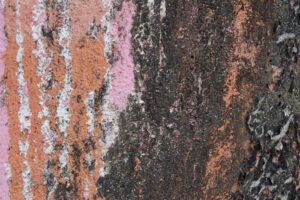
We tend to be nostalgic for the good old days, but it’s faded glory that is the great equalizer.
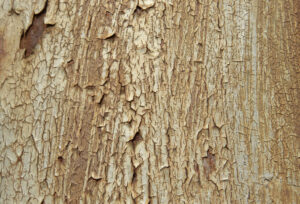
Nature’s erosive force has a great deal to do with this, of course –
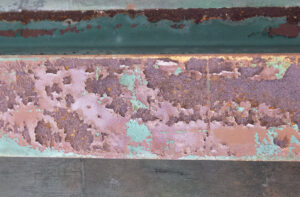
not only weather, but the push and pull of plants and animals wanting their share.
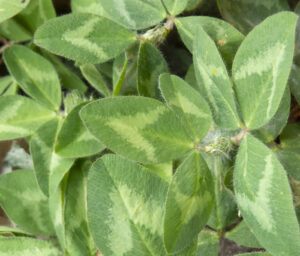
At this underpass, I found so many lovely paintings created by deterioration.
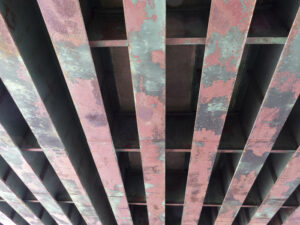
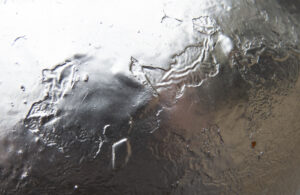
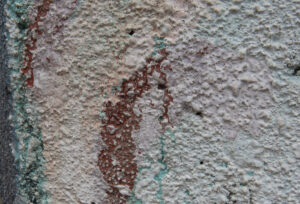
While the ultimate dissolution of all things may seem depressing, I take it instead as a reminder that “this, too, shall pass,” for the bad dissolves along with the good.

One of the few poems I’ve memorized is Ozymandius, by Percy Bysshe Shelley:
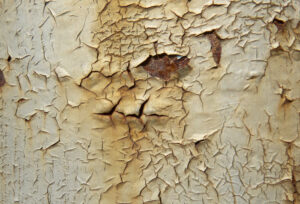
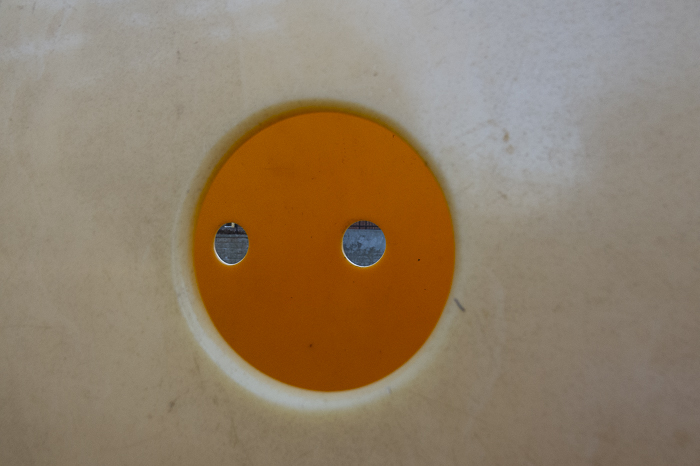
My neighborhood playground, captured at a time when no kids but me were there.
Read about being kid-sized here.
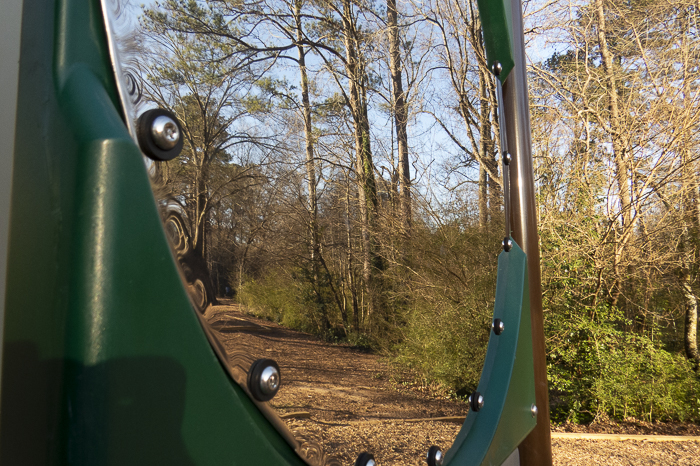
It was so soft. Like a mattress or even a pillow.
I was shocked to discover the flexible surface of my neighborhood playground. They use some kind of rubber padding and wood mulch now, instead of the knee-scraping asphalt that used to cover playgrounds. It felt wonderfully squishy to walk on.
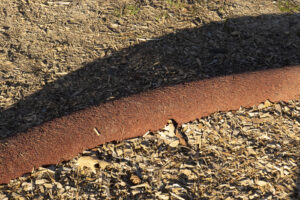
And colors. No gun-metal gray, only upbeat red, yellow, blue, green and simple beige.
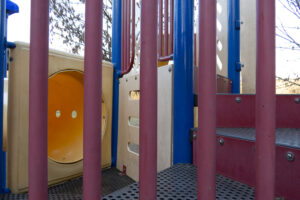
The monkey bars have been transformed too, into oval hand and feet grips that made very cool frames for seeing the rest of the world.
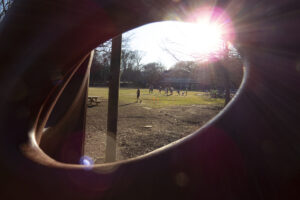
There’s also the rope bars, which seem a little less hazardous than the metal ones because they give your feet some grip.
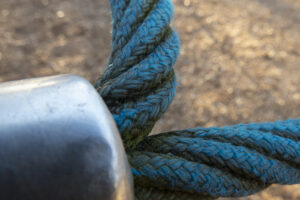
They still have slides, but they’re not the metal that used to make them unusable on hot summer days. The edges are smooth and curving, no places for little hands and shoelaces to get caught and hurt.
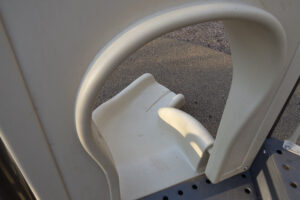
I’m almost too wide to get down a slide now, but in those precious few seconds I remembered what it was like to let gravity carry you on a long wave.

There are still swings and tires on chains, and for a moment I was soaring above the treetops, pretending to be a swooping egret there in the clouds.
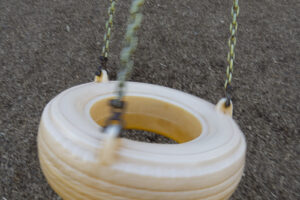
I even pushed my body into the long tube with peepholes. We didn’t have those when I was growing up, but I loved the different perspectives it gave me on trees and the school building.
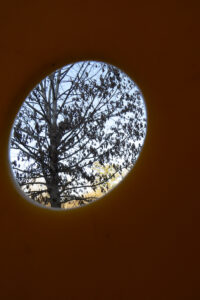
So much to see from the kid’s angle. I felt right-sized.
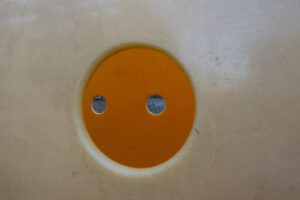
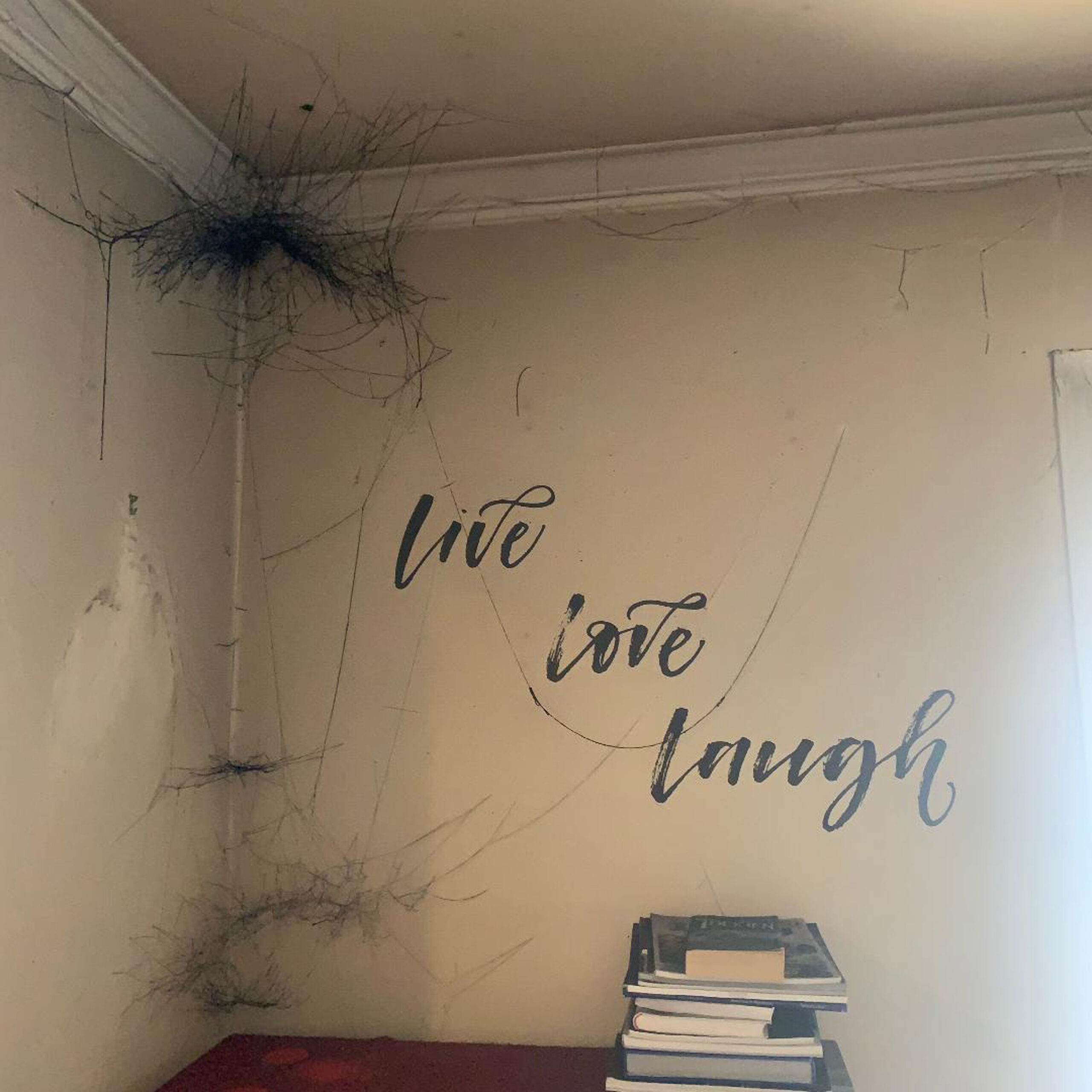
This guest post was written by glass artist Licha Ochoa Nicholson of Marietta, GA.
I welcome others to contribute the beauty they’ve seen!
—
I’ve always believed that the Universe provides us with a path to follow, and I’ve embraced whatever path has come my way. I’ve always looked forward to what the future holds, ready to approach the unknown with an open mind.
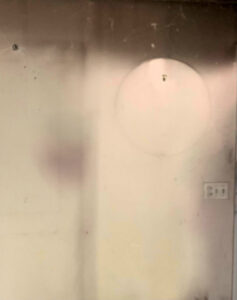
On January 16, 2025, my journey took an unexpected turn when our house caught fire. At first, I was stunned to realize that a majority of my personal belongings had been lost, but my glass art studio had also been consumed by the flames, shifting the course of my life in a way I could never have anticipated.

Once the fire was under control four hours later, we were told our home was uninhabitable due to the smoke and soot damage. We were allowed a brief window to retrieve only the essentials needed to get through the night, before being relocated to a hotel.

What we thought would be a short stay in a hotel soon turned into several days, as we waited for news on when we could return. Eventually, we were informed that our house would not be livable at all, and it would take six months to fully restore it from the aftermath of the fire.
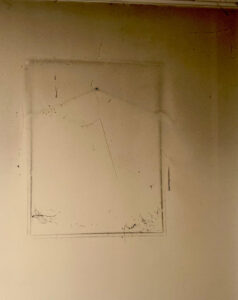
We were granted access to the house to begin the difficult task of sorting through what could be salvaged and discarding what was beyond repair. Now, as of February 26, 2025, we continue the laborious process of sorting and purging our belongings from the smoke and soot-damaged home.

As I remove items from the charred walls, I find unexpected beauty in the marks left behind—scars of mirrors, family photos, clocks, and artwork that once proudly adorned the walls, each now telling a story of the fire’s devastation.

I’ve always liked cemeteries. I am more comfortable with death than most people I know, and I find cemeteries comforting in the way that ruins of great empires are comforting: All things pass.
In my walk through East View Cemetery, the oldest grave I saw was someone who’d died in 1907, and the newest was 2023. More than a century of people who lived through incredible tumult of wars, civil society upheavals, victory in stability as well as in change.

And all of them are now removed from everything. Some of them surviving in memories of the living, but others whose graves haven’t been visited in a very long time.
There were so many infants and young children. They died before they owned anything or owed anyone, before they had to dispossess themselves.

There were young men who died in their early 20s in World War II.
I saw the graves of two brothers who both died, a tribute to the sacrifices made tens of thousands of times over.
I wanted to know what they’d looked like, thinking of how handsome my own dad was when he was in the war. 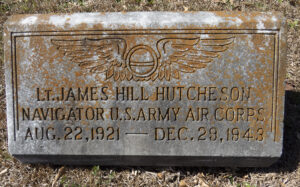
There were people whose only title was “wife” or “mother,” the word carrying so much meaning in who it leaves behind. Why not also “sister”?
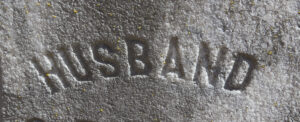
Amidst all the graves was the persistence of life. Even in February – flowers, bees, a hawk.
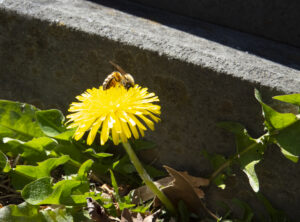
Ancient trees whose bark carried furrows as deep as the sorrow all around them.
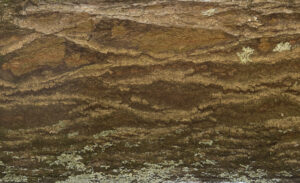
So many of the graves carried the inscription “At rest”. All resting at my feet in the knowledge of impermanence and constant renewal.
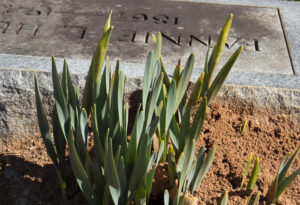

When I was in Catholic middle school, I wrote a lot of anti-war poems. Sister Patrine, one of my teachers, despaired at my negativity.
“I want you to write a poem about the beauty of a mud puddle!” she ordered me. I rolled my eyes.
Instead, I wrote a poem from the perspective of the blind man healed by Jesus. That, at least, was an interesting mental exercise; I pretended I was blind and described what it would be like to suddenly see.
Sr. Patrine loved the poem, and got off my back about the mud puddles.
I thought of her this week when rivers of rainwater poured through our backyard, bringing dirty floods into our garage. The water knocked over our garbage can at the curb and carried it down the street, wedging it under a car. It was so cold and nasty that I refused to go to the gym.
But on an impulse I did suit up in rain gear and ran outside briefly, to see if I could grab some images of mud puddles during the storm. It was tough going, as I was also trying to protect my camera and keep the lens from getting smeared and fogged.
There was just enough light to capture some of the streams:
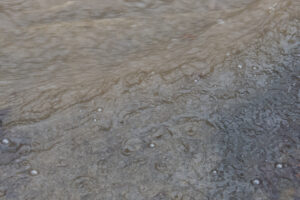
And the painterly patterns:
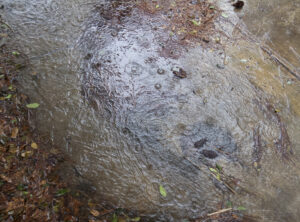
Today, after ferocious overnight storms, the rain stopped. I had a more leisurely time to explore mud puddles and improvised streams. And, Sr. Patrine, the beauty was so easy to see.

Reflections and patterns leaped out at me. The sky and trees dancing on the surfaces.
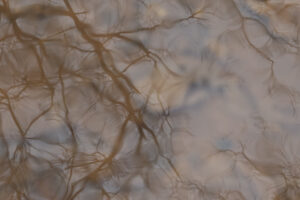
The rush of water and the resistances that formed small paintings.
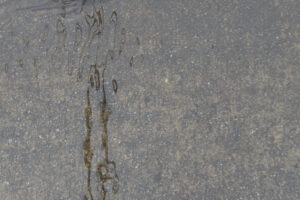
Walking with my head down has never been so uplifting.
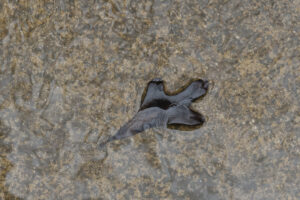
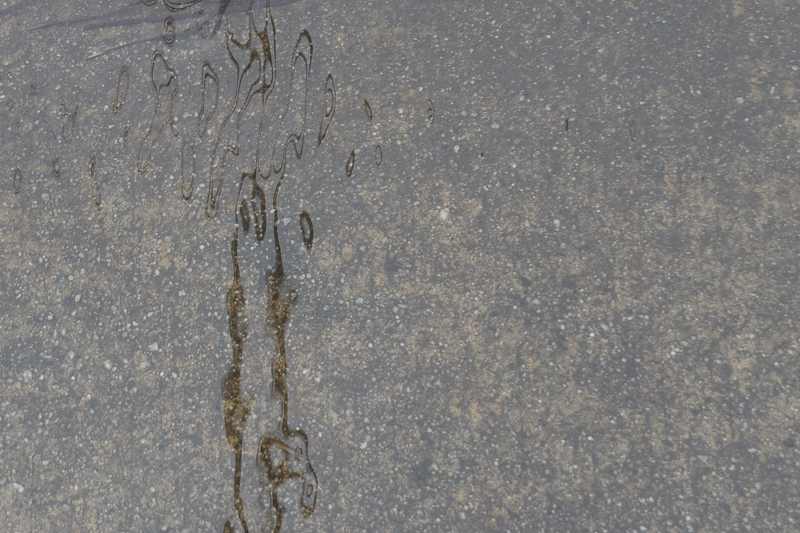
A very rainy day and its aftermath. Read about my earliest assignment in seeing beauty here.